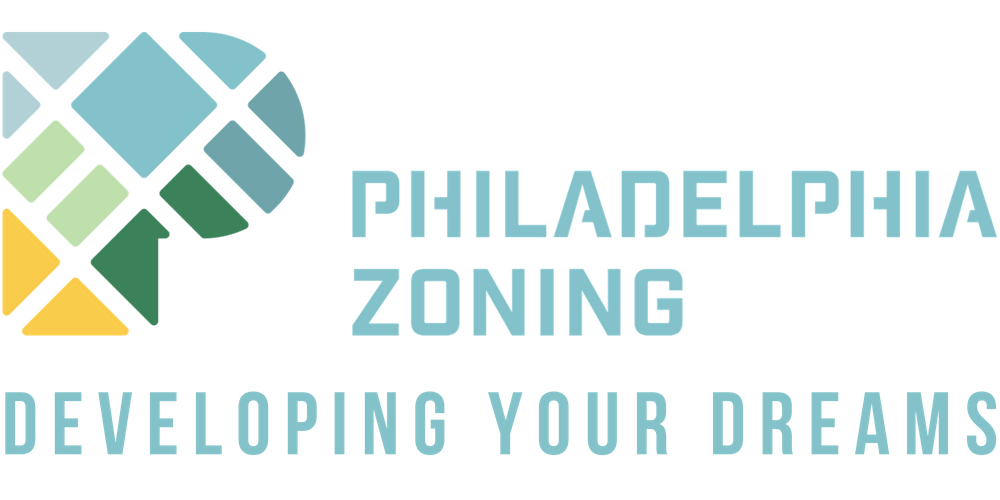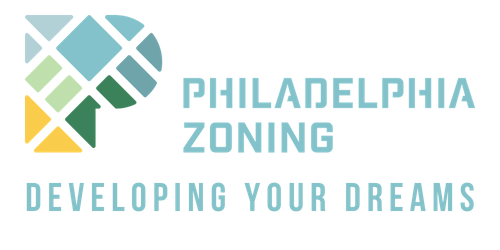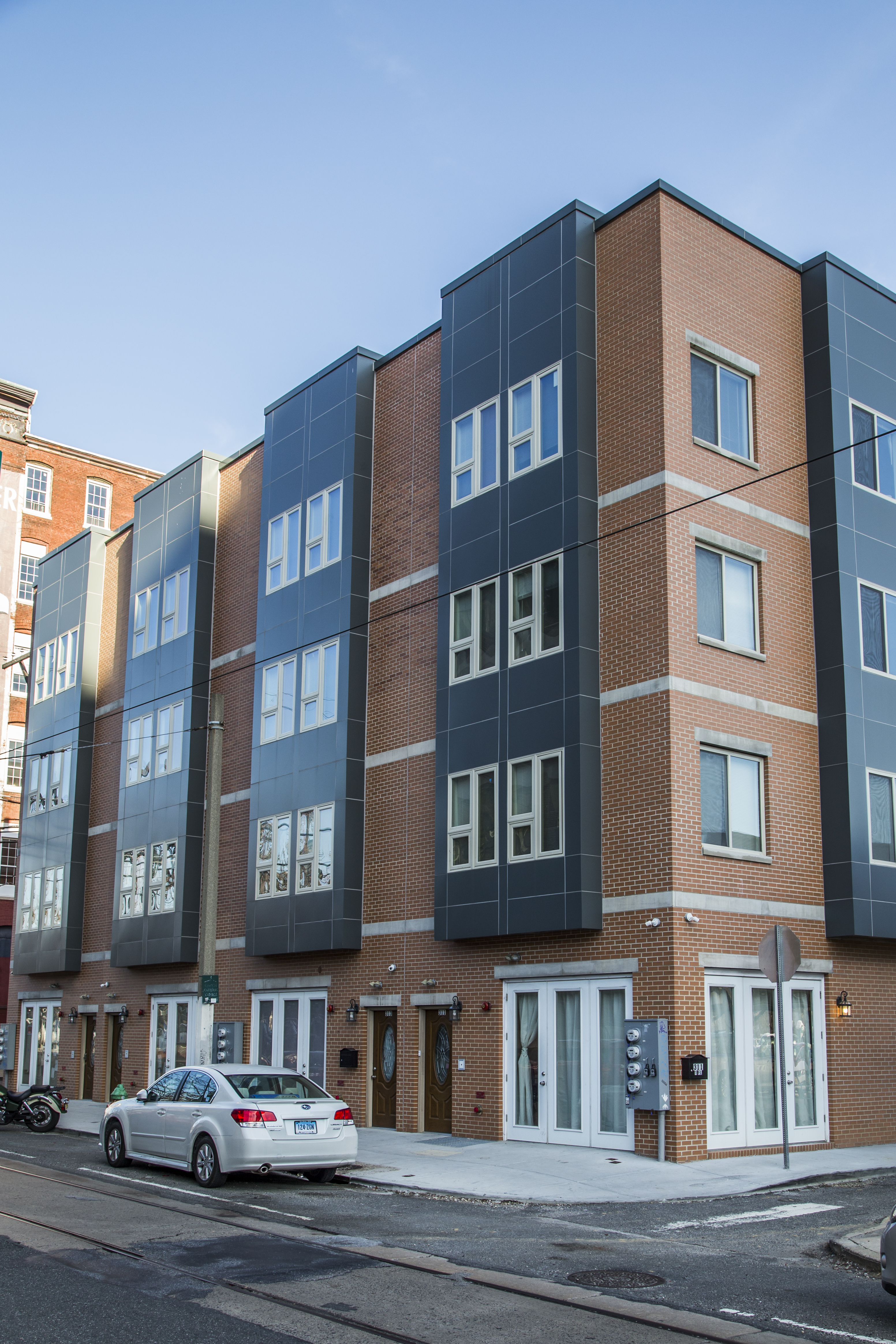Zoning Variances
Zoning/Use Variances are required any time you would like to use land or a piece of property in a different way or for a different purpose than is legally allowed in the Philadelphia Zoning Code. For example, if you would like to turn your RSA-5 zoned property into a coffee shop, you would need to go through the zoning variance or zoning appeals process.
Types of Zoning Variances
There are typically two main types of zoning variances; one is a use variance and one is a dimensional variance. A use variance is a specific use that requires special approval; such as a tattoo shop or a coffee shop in a residential property. A dimensional variance is when you want to build something or make an addition to something that does not meet the dimensional requirements of the Philadelphia Zoning code.
The Process
Zoning/Use Variance or Zoning Appeals are typically 3+ month long projects. They require an application to be submitted to Licenses & Inspections. From there a refusal or a referral is issued. Once the refusal or referral is issued, this needs to be appealed to the Zoning Board of Adjustments. While your appeal is being scheduled, you must meet with your local RCO (Registered Community Organization) for them to weigh-in on your project. Once you have met with your community, you await your scheduled hearing date with the Zoning Board of Adjustments and there either you or your attorney presents to the Zoning Board for them to make a decision.
We Can Help!
Zoning Variance/ Zoning Appeals projects are extremely dynamic and complex. These complexities are actually why Philadelphia Zoning was launched; to help you through the process by hiring the right people and managing everything for you so you get through it it one piece.
Although Philadelphia Zoning is not a law firm, we can connect you with qualified lawyer and manage the process for you since zoning variances require legal representation in front of the Zoning Board of Adjustments. (You can represent yourself if you are not operating under an LLC, however, this may be a worse idea than trying to do your own root canal.)
Fill out the form below to let us know about your needs and we will reach out to you to get the process rolling.
The Unnecessary Hardship Standard
In cases dealing with variances, an important question that arises is whether or not the denial of the variance will create an “unnecessary hardship” for the applicant. There are multiple elements to figuring out if you can prove a hardship or not. For both use and dimensional variances, if you can prove that you did not create the hardship, then the answer to the question would be yes, the denial would create a hardship and it is out of your hands.
Use Variances
For use variances, you must prove the following to be deemed a legitimate hardship:
- There are unique physical conditions on the property
- The variance is necessary for viable economic use of property
- The variance does not alter the consistency/ character of the neighborhood
- The variance does not impair the appropriate use or development of adjacent property and does impose negative consequences on the welfare of the community
Dimensional Variances
For dimensional variances, the Zoning board may consider economic detriment and financial burden to the applicant, and character of the neighborhood.
The hardship may be deemed legitimate by The Zoning Board if it proves to be economically or financially detrimental to the applicant and if the variance does not sacrifice the character of the neighborhood.


